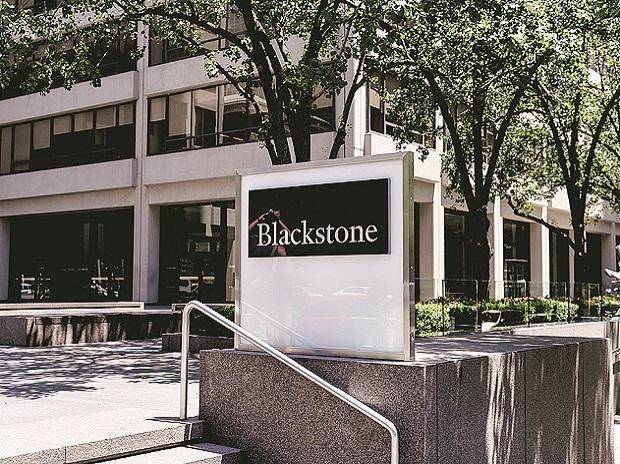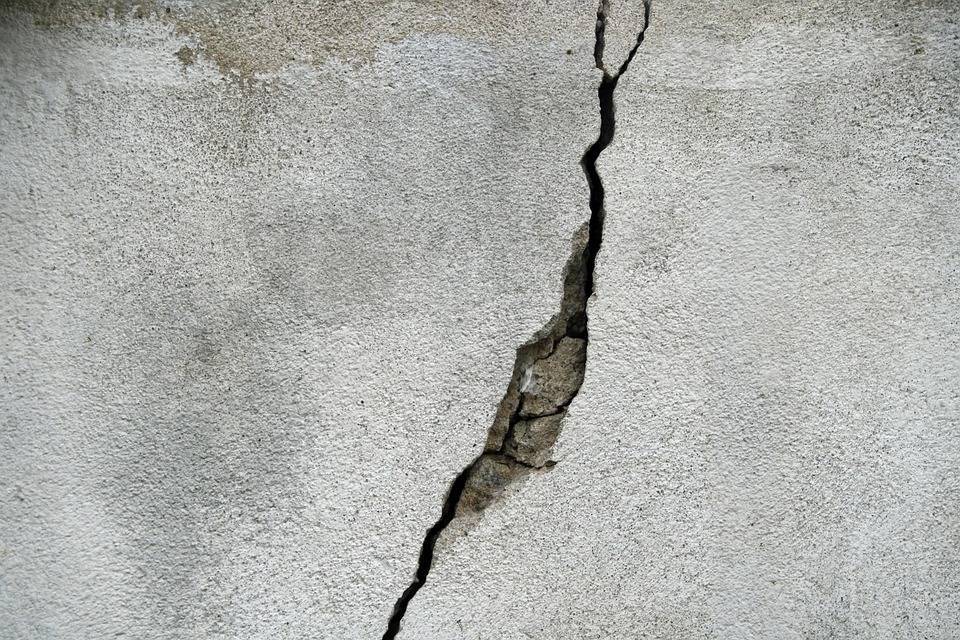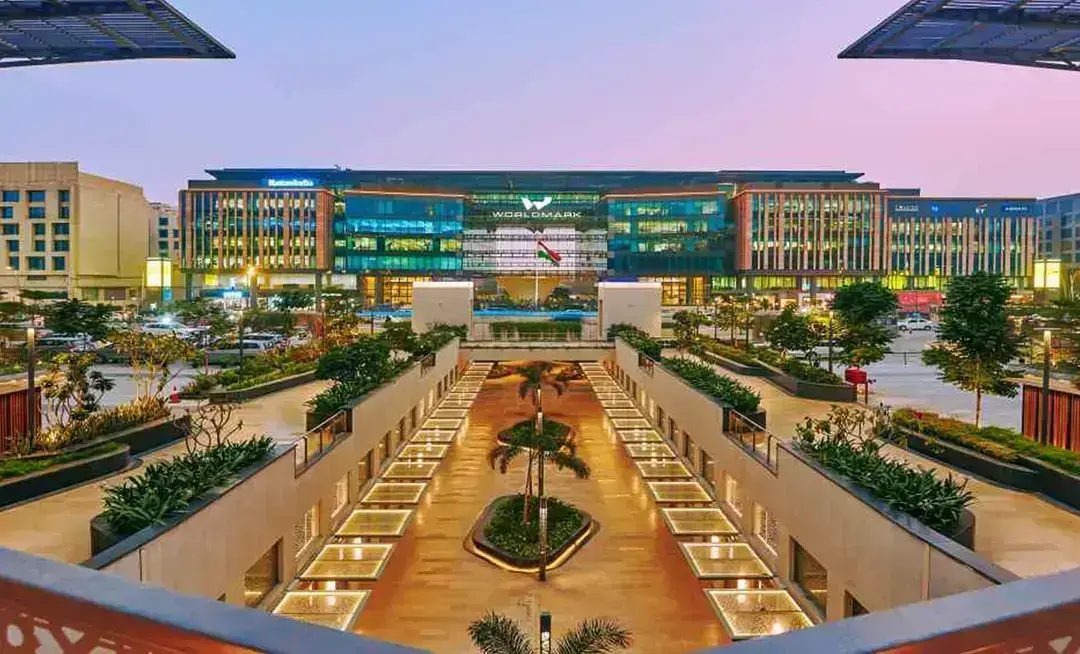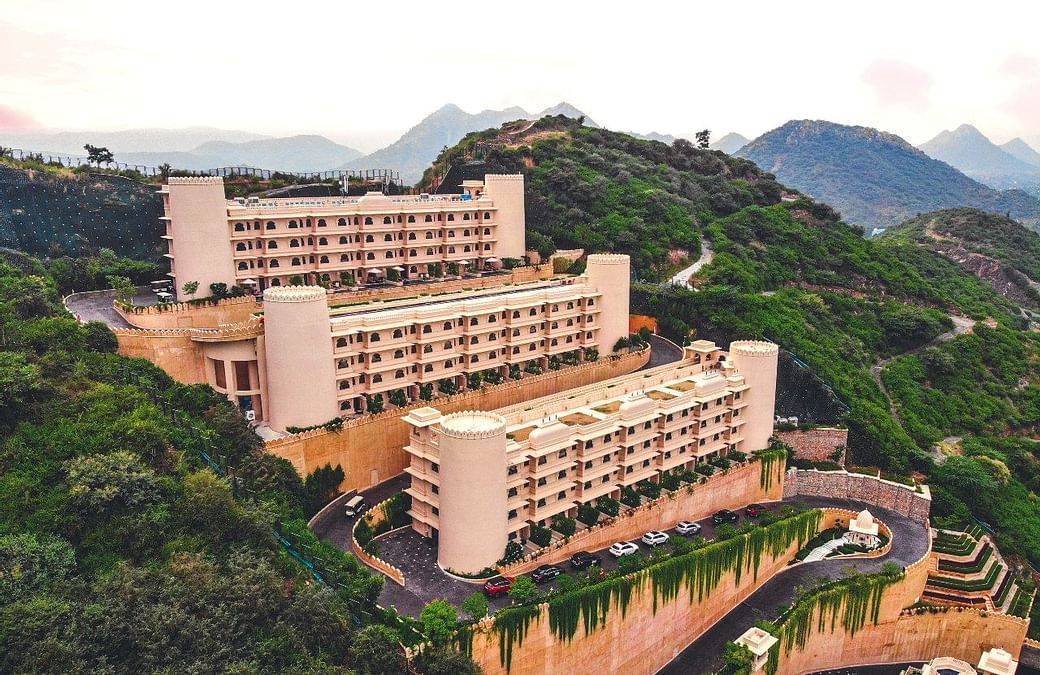The Union Cabinet, led by Prime Minister Narendra Modi, took a significant step in addressing India's urban housing challenges by approving the Pradhan Mantri Awas Yojana-Urban (PMAY-U) 2.0. This initiative aims to provide financial assistance totaling ₹2.30 lakh crore to one crore urban poor and middle-class families over the next five years, enabling them to either construct, purchase, or rent affordable housing in urban areas.
Background and Objectives
The PMAY-U is one of the flagship programs of the Central government, designed to provide 'pucca' houses to all eligible urban dwellers, ensuring they have access to all-weather housing that meets basic safety and comfort standards. The first phase of PMAY-U 2.0 saw the sanctioning of 1.18 crore houses, of which over 85.5 lakh homes have already been constructed and handed over to beneficiaries. The government's renewed focus under PMAY-U 2.0 is to continue this momentum, aiming to cover an additional one crore families.
Key Features of PMAY-U 2.0
The revamped scheme, PMAY-U 2.0, is not just a continuation but an enhancement of the earlier phases. The government has outlined several key features and benefits under this initiative:
1. Financial Assistance: The government has allocated ₹2.30 lakh crore under this scheme. This financial assistance will be disbursed through state governments and Union Territories to eligible families, ensuring that the support reaches those in need across the country.
2. Target Beneficiaries: The scheme primarily targets families belonging to the Economically Weaker Sections (EWS), Low-Income Groups (LIG), and Middle-Income Groups (MIG). EWS households are defined as those with an annual income of up to ₹3 lakh, LIG households with incomes between ₹3 lakh and ₹6 lakh, and MIG households with incomes ranging from ₹6 lakh to ₹9 lakh.
3. Interest Subsidy Scheme: One of the significant components of PMAY-U 2.0 is the Interest Subsidy Scheme. Under this scheme, eligible beneficiaries taking a loan of up to ₹25 lakh for a house valued at up to ₹35 lakh will receive a 4% interest subsidy on the first ₹8 lakh of the loan, repayable over 12 years. This subsidy is aimed at reducing the financial burden on low and middle-income families, making homeownership more accessible.
4. Affordable Housing in Partnership (AHP): The AHP segment under PMAY-U 2.0 will provide financial assistance to EWS beneficiaries for purchasing houses constructed through partnerships between state governments, Union Territories, and private developers. The scheme also introduces Redeemable Housing Vouchers, which beneficiaries can use to purchase homes from private projects that meet specified norms.
5. Technology Innovation Grant (TIG): An additional grant known as the Technology Innovation Grant (TIG) will be provided at ₹1000 per sqm/unit to AHP projects that utilize innovative construction technologies. This initiative aims to encourage the adoption of modern construction methods, which can reduce costs and expedite the delivery of housing units.
6. Affordable Rental Housing (ARH): Recognizing the need for affordable rental housing in urban areas, particularly for working women, industrial workers, urban migrants, homeless individuals, destitutes, students, and other eligible beneficiaries, PMAY-U 2.0 includes a dedicated vertical for Affordable Rental Housing (ARH). This initiative will create hygienic and affordable rental living spaces, catering to those who require housing on a short-term basis or do not have the financial means to construct or purchase a home.
Impact on Urban Housing
The PMAY-U 2.0 is expected to have a substantial impact on the urban housing sector in India. By focusing on a wide range of beneficiaries—from EWS and LIG families to MIG families and those in need of rental housing—the scheme aims to address the diverse housing needs of urban dwellers. The government's emphasis on providing interest subsidies, technology-driven construction, and public-private partnerships is likely to spur growth in the affordable housing segment, making homeownership and decent living conditions a reality for millions.
Moreover, the scheme's provisions for rental housing are particularly significant, as they address the often-overlooked need for affordable rental accommodations in urban centers. This vertical will not only benefit individuals who are unable to afford homeownership but also contribute to the overall improvement of living standards in urban areas.
Way Forward
The approval of PMAY-U 2.0 by the Union Cabinet marks a crucial step towards fulfilling the government's vision of 'Housing for All.' With a robust financial commitment and a comprehensive approach that includes interest subsidies, rental housing, and technology-driven construction, the scheme is set to make a lasting impact on India's urban housing landscape. As the country continues to urbanize rapidly, initiatives like PMAY-U 2.0 will be instrumental in ensuring that every citizen has access to safe, affordable, and dignified housing.









.png)